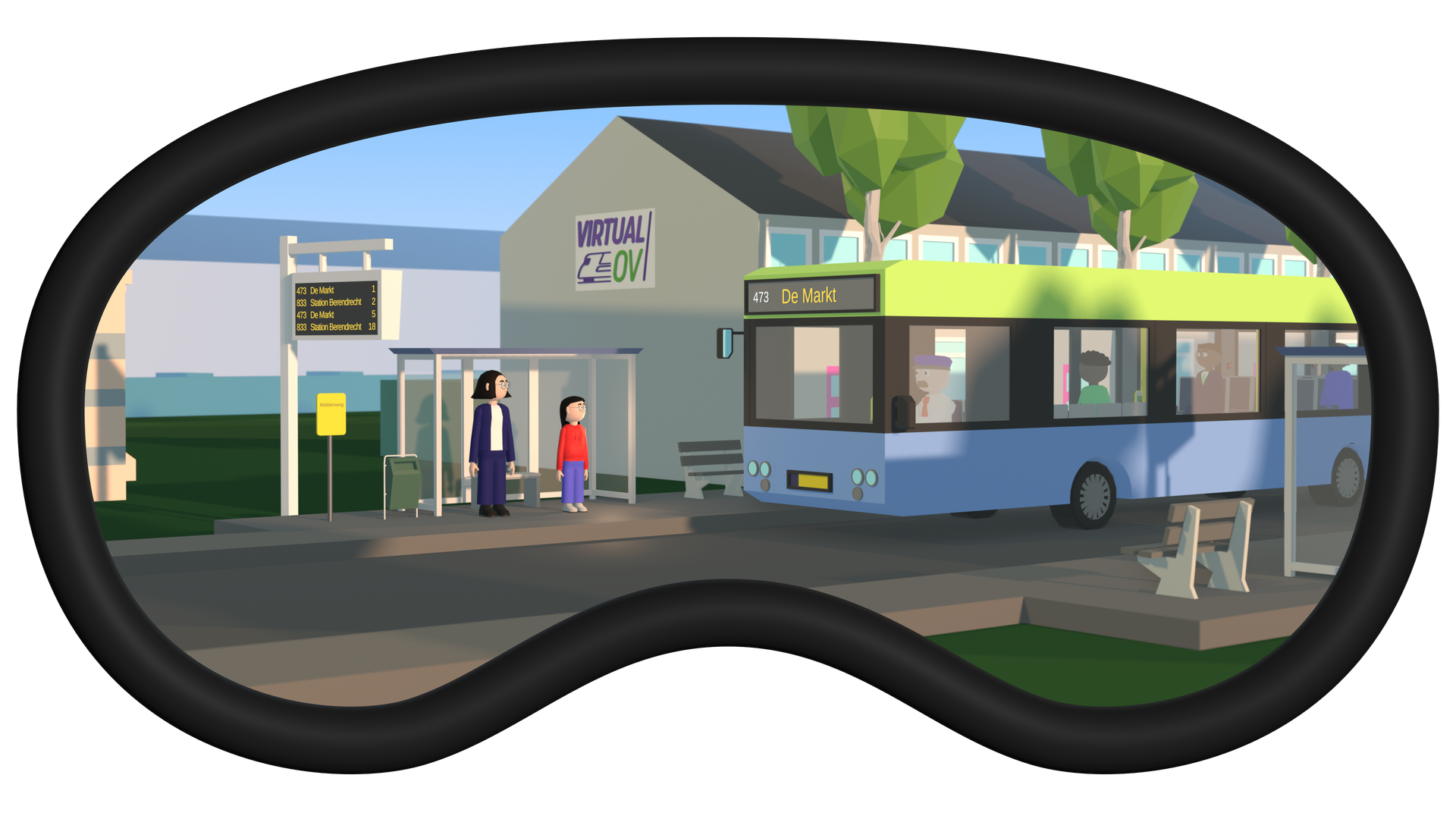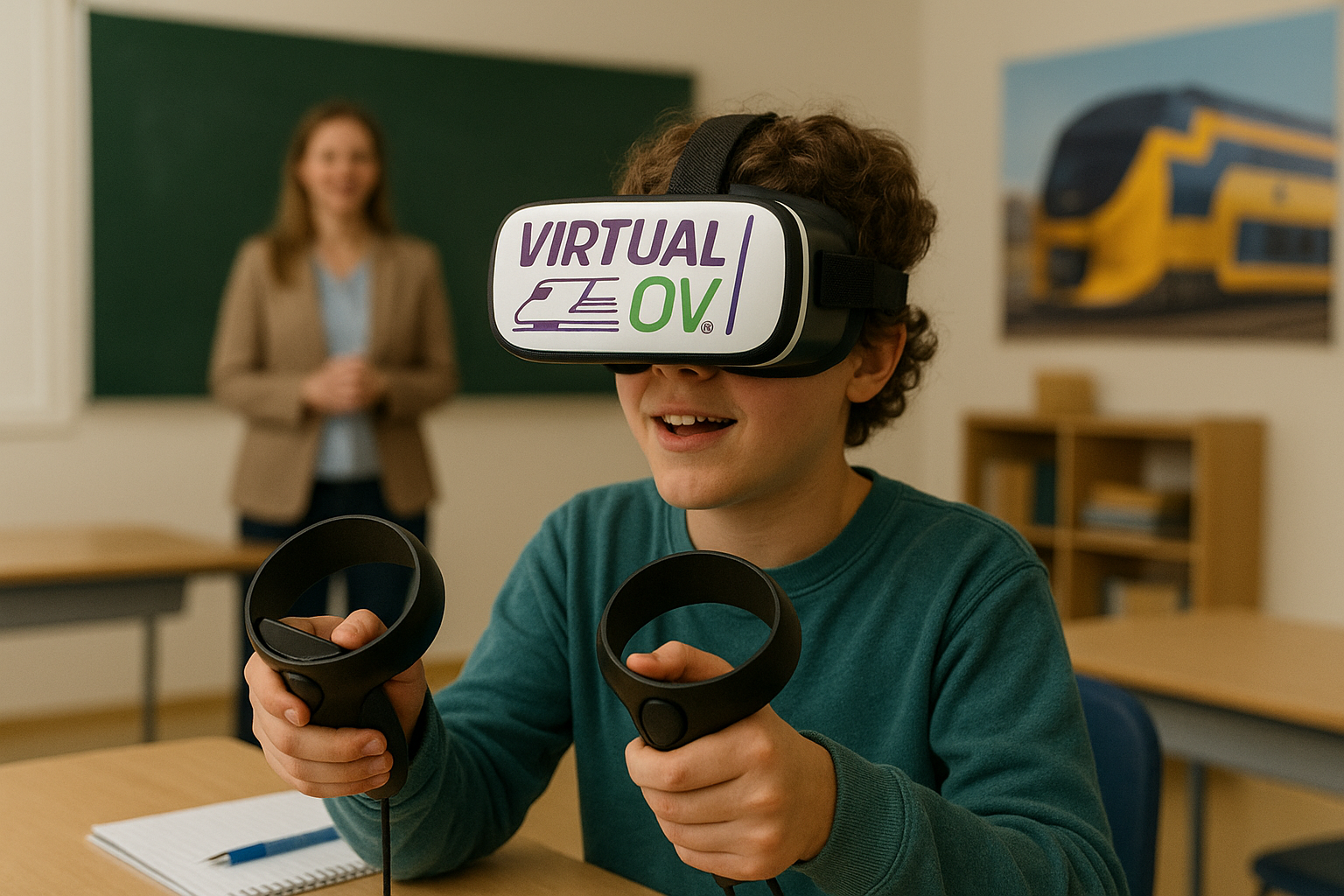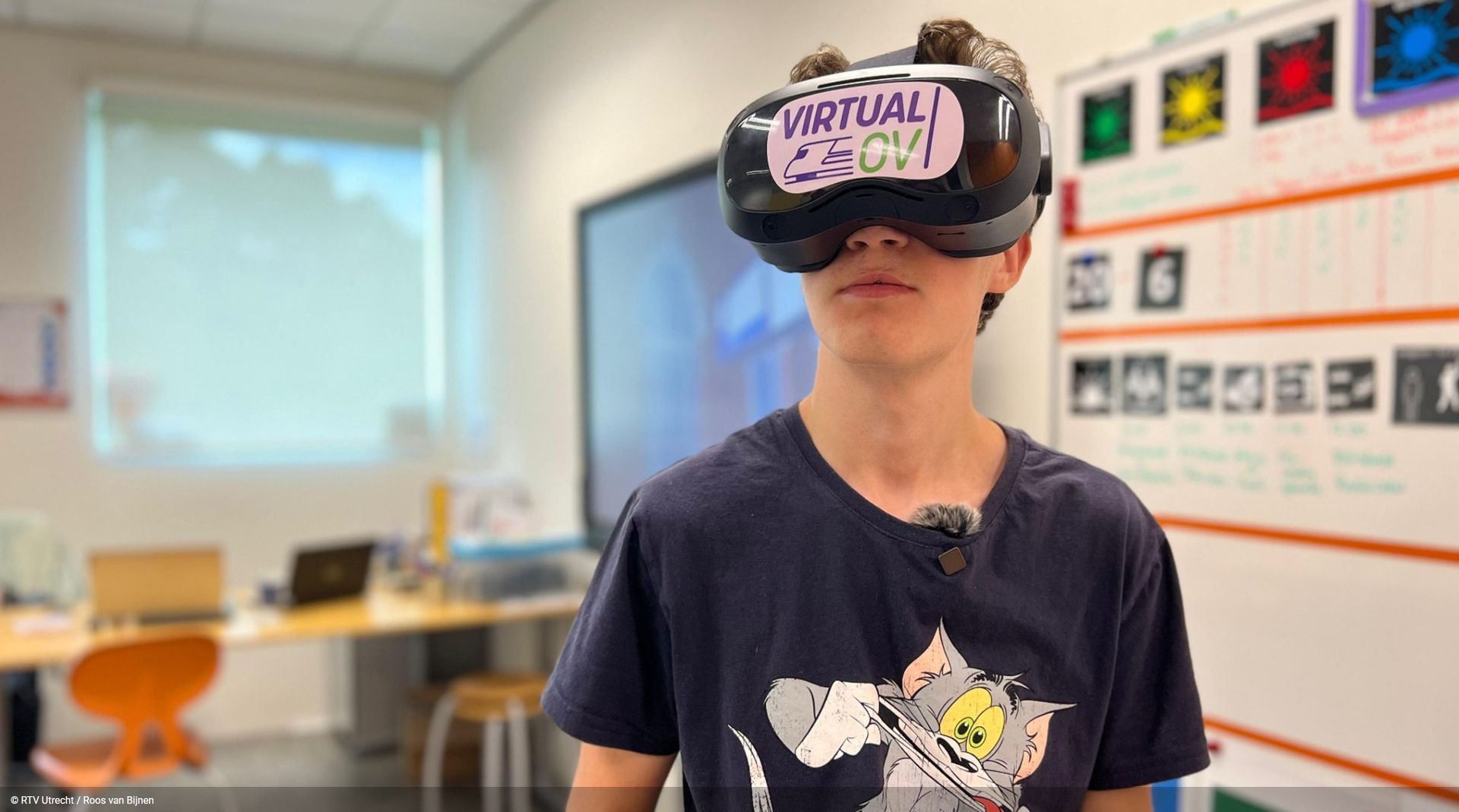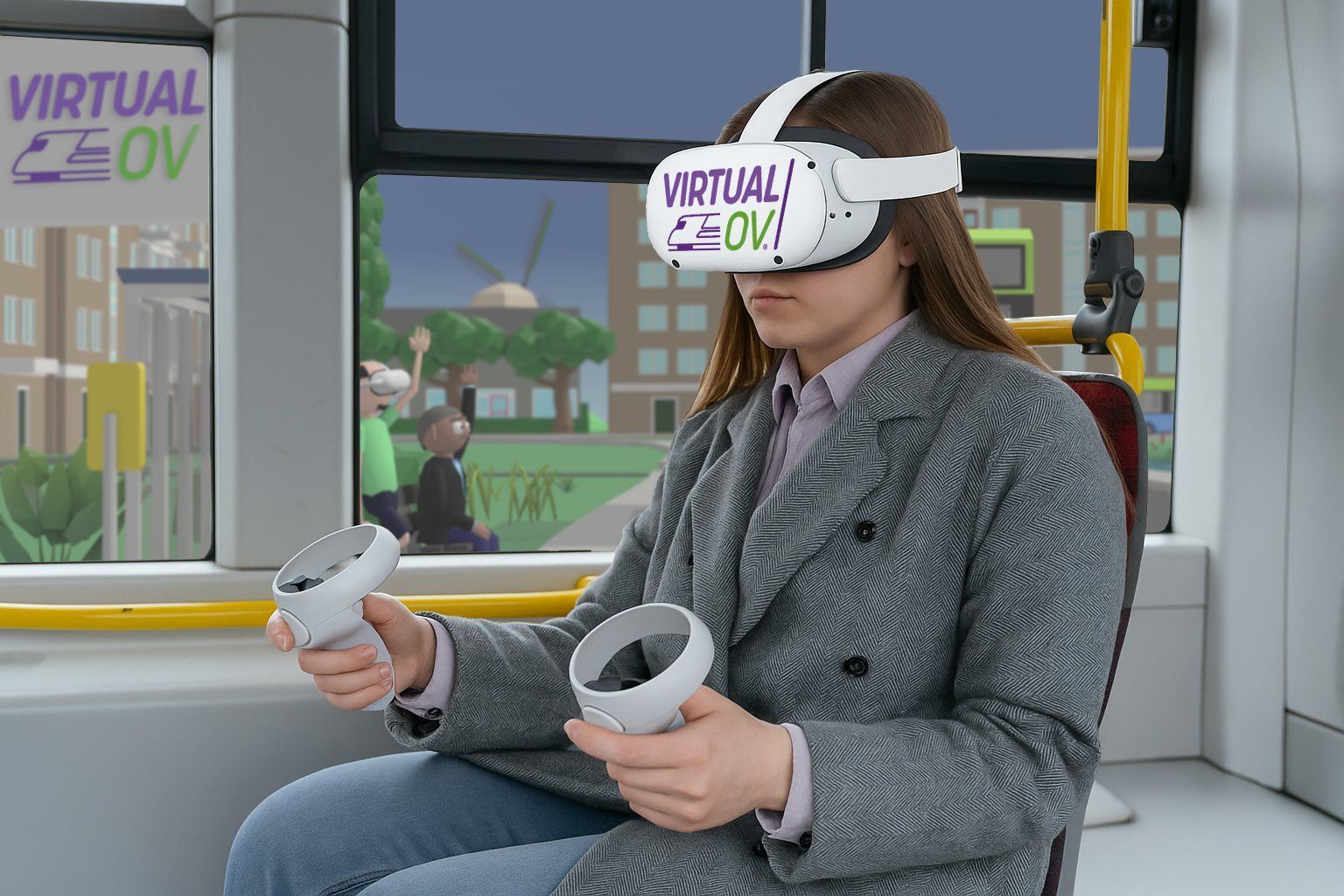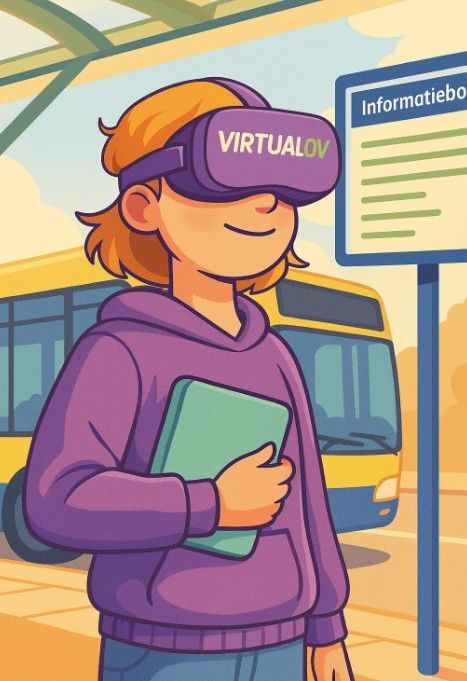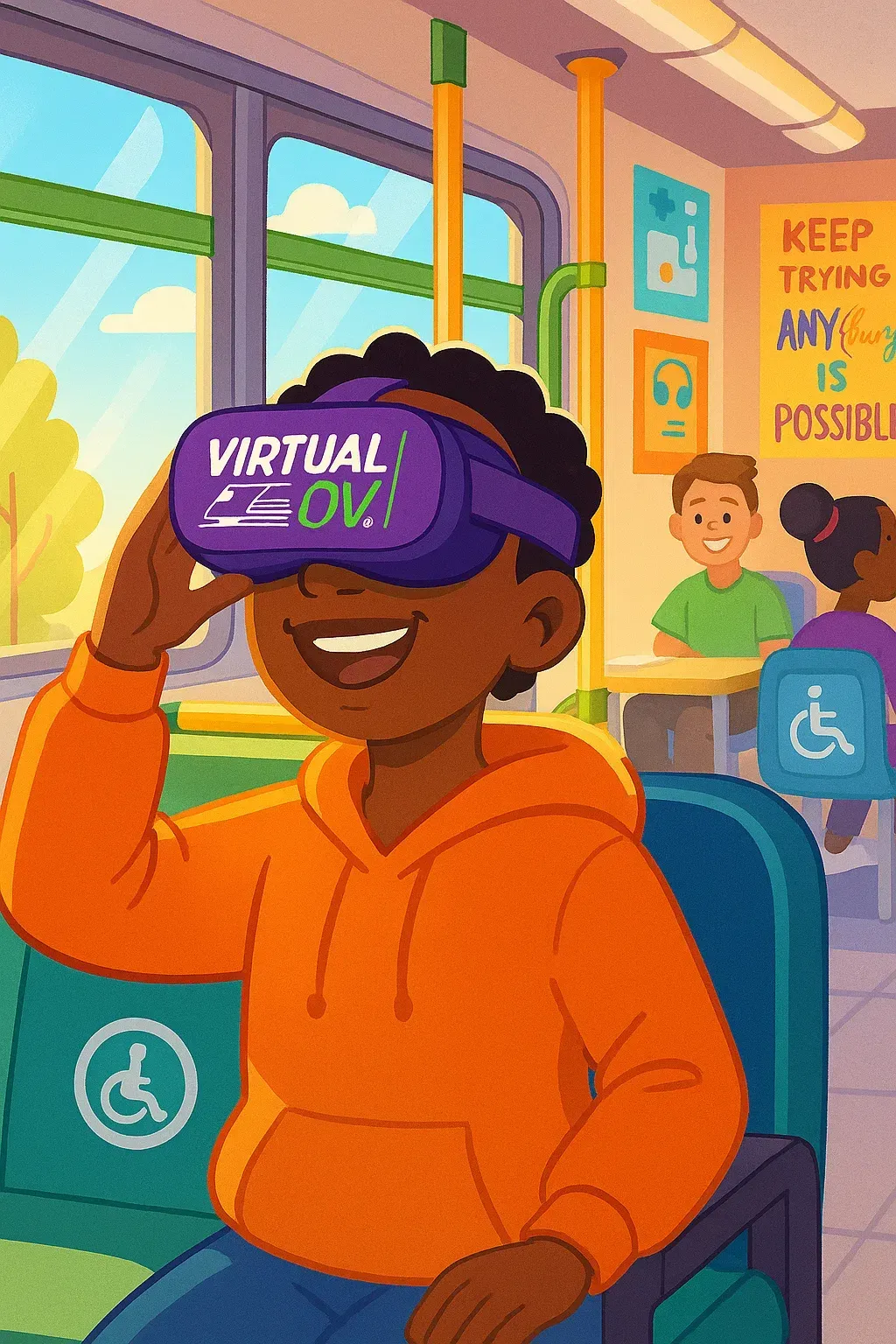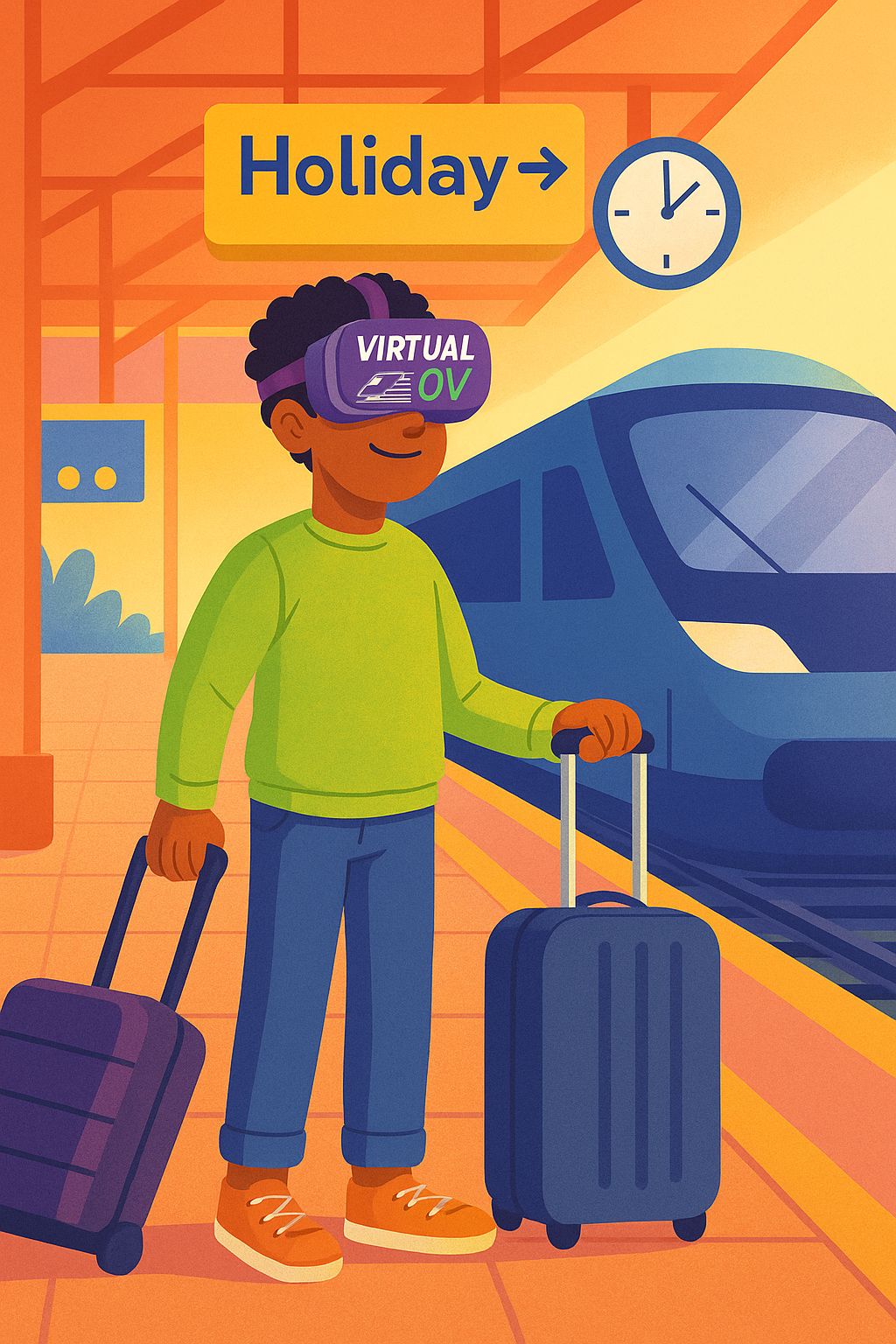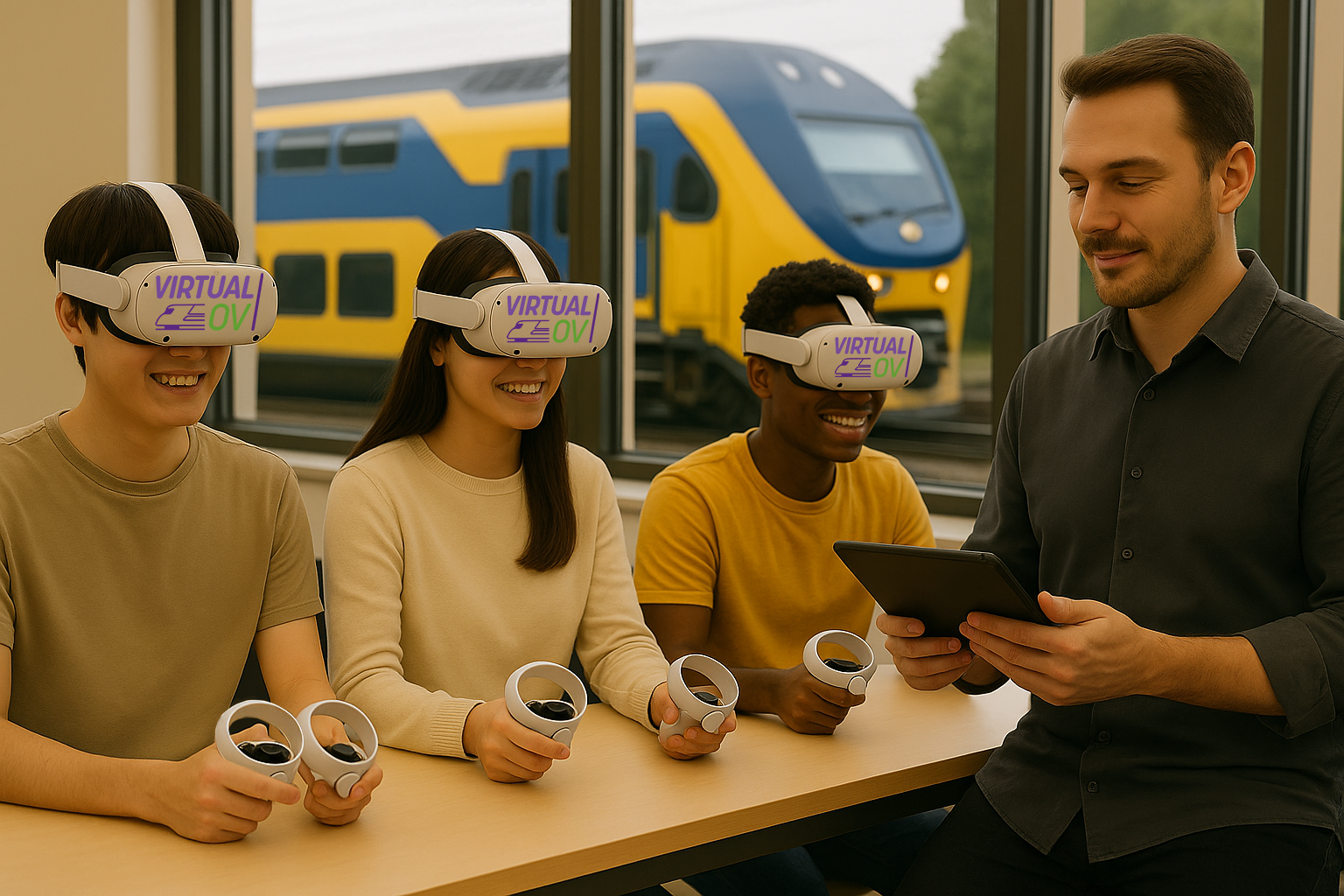Transfer of Learning: How VR Makes Knowledge Practically Applicable
Transfer of learning is the process by which knowledge, skills, and insights acquired in one context are successfully applied to a new situation. This principle is at the heart of effective education and training: learning is only valuable if what has been learned can actually be put into practice. In this blog post, you'll learn how virtual reality learning improves learning transfer and why it's essential for sustainable and future-proof education.
What is transfer of learning?
Transfer of learning means that what you learn is not limited to the classroom or training room, but is transferable to other, often more complex situations.
Examples of transfer of learning
For example, consider a healthcare professional who learns how to deliver bad news to a patient in a training course and then applies these skills during an actual consultation in the workplace. Transfer can be positive (what they've learned helps in a new situation), negative (what they've learned actually works against them), or neutral (no effect).
Factors that promote transfer of learning
There are several factors that contribute to successful learning transfer:
- Depth of initial learning: The better someone understands a subject, the more likely the knowledge will be transferable.
- Similarity between learning and practice situations: Transfer is easier when the contexts are similar (“near transfer”), but is also possible with greater differences (“far transfer”).
- Active and meaningful learning: By actively practicing, making mistakes, and receiving direct feedback, what you learn is better retained and more easily applied in other situations.
- Motivation and self-confidence: Strong motivation and a sense of competence increase the chance of successful transfer.
Virtual Reality learning as a catalyst for learning transfer.
Virtual Reality (VR) learning offers unique opportunities to enhance transfer of learning. VR allows users to simulate realistic scenarios where they actively practice, receive immediate feedback, and are allowed to make safe mistakes. This creates deep, contextual learning experiences that increase the likelihood of successful transfer. Moreover, VR learning can support both near and far transfer, as a variety of situations can be simulated.
Research into VR and learning transfer
Recent studies show that people who learn with VR retain material significantly better. This is partly due to the immersive and interactive experience VR offers. You're practically immersed in another world, emotionally engaging and actively engaged in the learning process. This combination of immersion, action, and safety ensures that knowledge and skills are more deeply embedded in memory. Moreover, the transition to practical application is easier because VR already provides experience with realistic situations.
Read more about VR and learning transfer research on Nature Scientific Reports .
Changefied applies the principles of transfer of learning to its VR solutions. By designing realistic, repeatable, and accessible learning experiences, Changefied ensures that users practice new skills with confidence and enjoyment. The result: actions and knowledge are retained better, and the transition to practical application is reduced.
Conclusion
Transfer of learning is essential for sustainable and effective learning. Virtual reality learning accelerates and deepens this process significantly. Thanks to the power of VR, what is learned is not only better retained but also actually applied in practice. This makes learning relevant, motivating, and future-proof for everyone.



